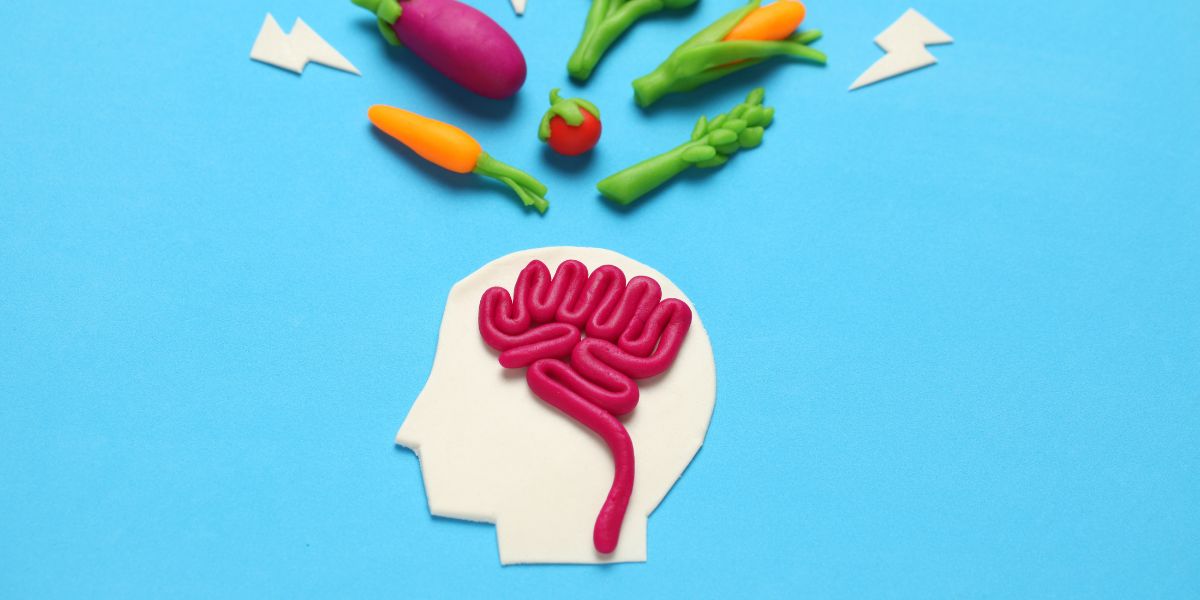Relaxation therapy can take many forms. Learning how to manage stress and relax the body and mind can have benefits towards managing chronic diseases such as diabetes.
Guided imagery, sometimes called visualisatio, can profoundly affect the state of a patient’s mind. It is thought that those people who have an optimistic, bright outlook on life will also remain in better health
Guided imagery teaches the patient the skill of creating a mental image. In the case of diabetes, this mental image may reflect the patient’s own perception of his or her diabetes.
The reactions to this image are then explored and discussed with a therapist who helps to change the image of the disease for the better.
Guided imagery can be used to treat a number of other conditions such as stress and depression
To date, there is lack of strong research available to help evaluate the benefits of guided imagery specifically for people with diabetes.
Research into guided imagery and diabetes
A research study published in 2015 investigated the effects of listening to a guided imagery recording on blood glucose control in children with type 1 diabetes.
13 children took part in the study. One group listened to the guided imagery recording along with background music twice a week for 12 weeks. Another group listened to the background music only.
The results showed that the guided imagery group achieved a significant reduction in HbA1c.
The study is small and further research would help to demonstrate how effective guided imagery is for lowering blood sugar across a larger population. [295]




